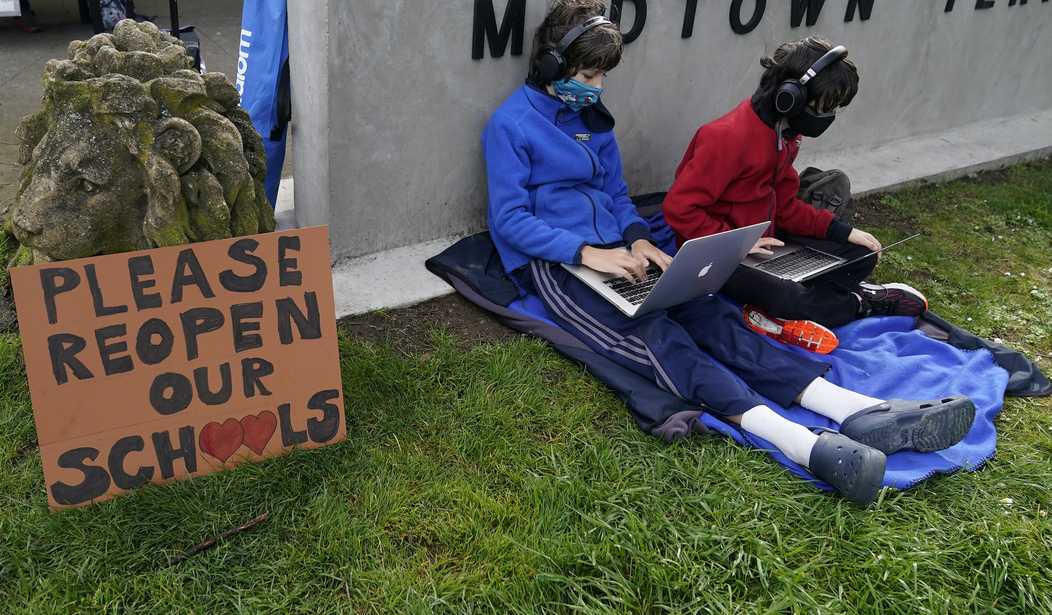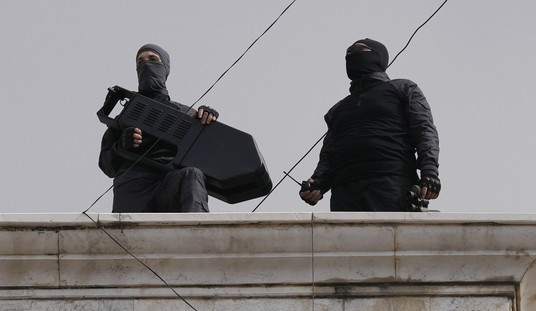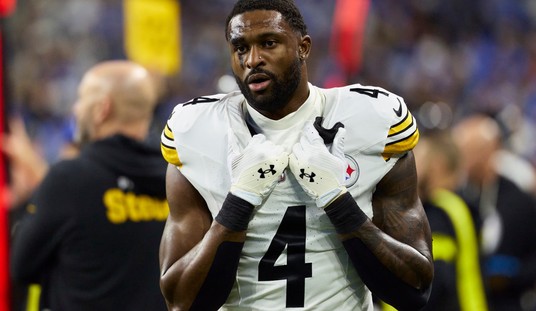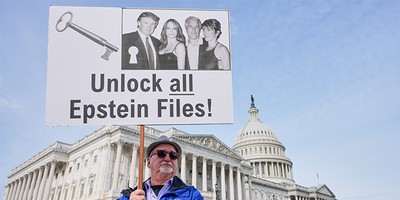Editor's Note: The following is an exclusive excerpt from "Pandemia: How Coronavirus Hysteria Took Over Our Government, Rights, and Lives," which comes out Nov. 30.
Scientists knew by early March that children and young adults were at low risk from Sars-Cov-2, as the March 16 Imperial College report showed. And some educational advocates worried about the collateral damage school closings might do to kids, especially poor kids. In the United States, almost 30 million children depend on schools for free or low-price lunches.
For kids at high risk of abuse and neglect, school can be even more important. Teachers are among the main reporters of abuse to child welfare agencies. They may be the only adults who have the chance to check each day that children are not being hurt by their parents or caregivers.
Notably, New York City Mayor Bill de Blasio pushed to keep open his system, the biggest in the country. More than 100,000 of New York’s million students were homeless and living in shelters. On Saturday, March 14, he said he would not close schools. “What are these kids going to do?” De Blasio asked. “Do we really believe these kids will hole up in their rooms for a month?”
But pressure from the media and teachers’ unions forced his hand. The next day, Sunday, March 15, he announced the schools would not reopen after the weekend—giving parents less than 24 hours’ notice.
New York was not alone. By the end of March, schools were closed almost everywhere worldwide—with the notable exception of Sweden. One and a half billion children and young adults, 20 percent of the world’s population, were out of school.
Recommended
The near-overnight closures pushed many parents into a desperate scramble for childcare, as I saw first-hand. Even professional parents who were no longer going into offices and had resources had a hard time supervising their kids while trying to work. As weeks and months passed, the strain increased. As the Baltimore Sun reported in May in an article headlined “‘We Feel Like We Are Drowning’”:
“[P]arents are finding that teaching their children while juggling Zoom meetings and conference calls of their own is exhausting and unmanageable. While they are grateful teachers and school systems are cranking out lessons, some say their children can’t keep up with the academic work by themselves. The formal education their children are getting is a fraction of what they would have learned in a classroom with teachers, they say.”
A poll in late April and early May 2020 found that adults with children reported significantly higher stress levels than those without—1.2 points higher on a 10-point scale. Almost half of parents reported their stress level was between 8 and 10. More than 70 percent specifically said that managing online learning was a source of stress.
For hospital workers, grocery store clerks, and other essential employees who had to leave their homes, childcare became an even bigger crisis. The Oregonian newspaper told the story of a woman forced to leave her 9-year-old son and 12-year-old daughter at home alone so she could work at a doctor’s office:
“Jennifer, who asked that her last name not be used to protect the safety of her family, calls her children on her breaks to go over their schedules and spends every evening helping them with schoolwork.... “I’ve been on the brink of a panic attack since this whole thing started,” Jennifer said. “My daughter is in near tears every day.”
Even if they could find someone to watch their kids, some lower middle-class single parents simply quit. They knew they would have more money if they stayed home and accepted enhanced unemployment benefits than paid for care while they worked. The burden fell primarily on women, who were more likely both to have low-paying jobs as essential workers and to be the main caregivers.
Of course, the closures weighed most on kids.
Few schools had experience with remote learning. Even high functioning suburban and private schools had to devise curricula and set up virtual classrooms on the fly. Many bigger urban districts—with slow-moving bureaucracies and powerful unions—barely tried at all during the spring. In cities where public schools barely functioned for many students in normal circumstances, closures effectively ended education.
But even with engaged parents, even in schools with committed teachers who offered hours of live online instruction every day— such as the one our kids attended—virtual school simply didn’t work very well.
The problems were obvious and unfixable. Smaller kids became bored and lost interest. Perhaps two hours of “school” each day was all they could handle. For older children, the extra screen time worsened galloping technology addictions. Everyone missed the chance to move and play with friends at recess.
Within months, the crisis was apparent. “Thousands of students in SC aren’t doing their school work. Some have completely ghosted,” a newspaper in South Carolina reported in May.12 The longer the closures went, the larger the gaps became.
Teachers’ unions took advantage of the fear and confusion to lead a drive against in-person school reopenings. At first, they simply wanted to keep public schools closed through spring 2020. But by June, the unions were hinting they would try to keep schools closed at least through the fall.
They began to emphasize the risk to teachers, ignoring the reality that a study out of Sweden, where schools had remained open, had shown teachers were at no more risk than the average adult. As the Swedish Public Health Agency reported on July 14, “Compared to other professions, the relative risk among teachers in day care, primary and secondary school were close to one, indicating no increased risk of exposure or infection.”
Later studies showed that teachers were actually safer with schools open, because children were so unlikely to spread the virus.
The same paper also compared children in Sweden to those in Finland, where schools had remained closed, and found no difference in infection rates between the two countries. “Closure or not of schools had no measurable direct impact on the number of laboratory confirmed cases in school-aged children in Finland or Sweden,” the report explained.
Yet the growing evidence base and international reopenings didn’t matter in the United States. By late June, many cities and states, especially those run by Democratic mayors and governors, backed away from in-person schooling for the 2020–2021 school year. A few big school districts announced plans for classroom teaching. Others hesitated or suggested they would leave the decision to parents.


























Join the conversation as a VIP Member